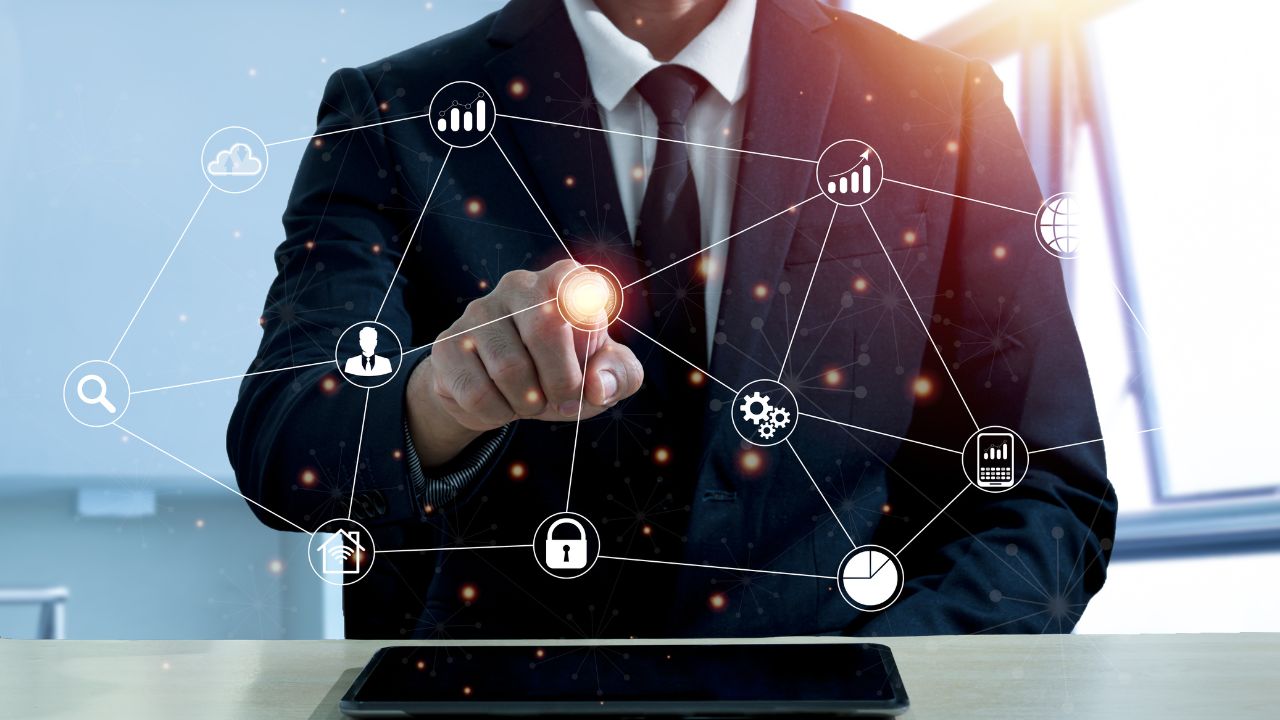Software as a service (SaaS) is not a new concept. It’s a business strategy that’s aided the growth of companies all around the world by optimizing operations, giving data insights, and more. Every industry is seeing exponential growth in SaaS, with investment in SaaS cloud hardware and infrastructure software expected to reach USD 300 billion by 2026, up from USD 150 billion in 2020, with a CAGR of 11.7% between 2020 and 2026. However, how have SaaS-based solutions like Cloud PMS and others influenced the hospitality industry, and how will they continue to do so in the future?
Traditionally, hospitality technology has been legacy, difficult to use, and costly, but SaaS is rapidly gaining traction in the business. The hotel sector is well-known for being a 24-hour-a-day, 365-day-a-year operation that relies heavily on a variety of technology systems. SaaS allows hoteliers to connect systems quickly and easily, and it has a high ROI. SaaS solutions like Web Based Hotel PMS provide a lot of benefits such as simplicity, ease of use, flexibility, efficiency, scalability, and better guest experience in addition to being a much more cost-effective option than traditional on-premise technology.
In this article, we look at some of the hotel technologies leading the pack when it comes to migrating to the cloud and being delivered via SaaS.
Cloud PMS (Property Management System) –
It’s a local hotel management system that handles report generating, guest profile, photos, check-in/check-out, availability, and occupancy management, among other things. This program is used to manage onsite property activities in-house (at a single hotel). Formerly, this was done on a hotel’s local desktop, but with the age of cloud computing, it’s much easier to shift to the cloud. The hotel then only requires a laptop, desktop, or tablet with an internet connection to begin using a web-based PMS.
CRS (Central Reservations System) –
For a group/quantity of hotels, the CRS manages two types of information: brand, numerous brands destination, management group, and so on.). The first is the cataloging information, which includes definitions, characteristics, and amenities for hotels and rooms. This is very static information that is clearly defined by industry standards and contains things such as the room & hotel features and services, room capacity/occupancy, room name, room type, address, location, and hotel name.
The second aspect concerns availability, pricing, and selling laws and constraints. When a booking comes in, CRS is also in charge of room assignments and storing the reservation. It then takes care of a booking’s whole lifecycle.
Revenue Manager –
To improve revenue growth, revenue management applies the strategic distribution & pricing techniques you employ for selling your property’s perishable inventory, as well as food and beverage, to the appropriate visitors at the correct time. Revenue management is all about determining how much different segments of customers are ready to pay, which can be done only by measuring as well as tracking the demand and supply of the rooms in your hotel.
This is where Artificial Intelligence and Machine Learning come into play, as we can use historical data to predict rates and inventory trends, such as how much to charge for a hotel and which distribution channel to use to maximize RevPAR (Revenue per available room). Every traveler has the maximum value to provide your hotel, and revenue management technologies are all about extracting as much of that value as possible. Ideally, you’ll accomplish this by persuading your guest to make bookings directly, purchase extensions, upsells, extras, and return.
Channel Manager –
Third-party distribution platforms such as OTAs and GDS must be connected to any Cloud PMS. All of these integrations can be managed by a channel manager. It gives the hotel complete control over what is available for sale, at what price, and on what terms, through each channel. The PMS and CRS are the record-keeping systems that create and honor confirmations. The Channel Manager links with different distribution channels in order to boost hotel sales and obtain the best pricing based on the objectives of the hotel(s) operator/owner.
Benefits of using a SaaS solution like a Web Based Hotel PMS
- Hotels can migrate from Capex to Opex by using cloud PMS and other SaaS solutions to reduce the costs of running a PMS.
- In place of IT resources, hotels might hire more staff to serve customers.
- Hotels have a fantastic chance to move their IT budget from the capital to operational expenses and focus on guest services.
- Hoteliers can select the finest service provider and switch at any time without incurring additional charges.
- Hotels may be more environment-friendly by consuming less energy and spending less money.
Hoteliers may establish a flexible IT environment that is streamlined and easy to integrate by shifting these important business functions to the cloud. They can also share data more easily and cost-effectively between platforms.
This will also ensure that hoteliers are prepared for the post-COVID age, allowing them to remain competitive by improving guest service, maximizing income potential, and increasing productivity at the same time. The world is evolving, and cloud-based PMS will soon be the new standard method for collaborative and adaptable hotel-led PMS systems all around the world.
